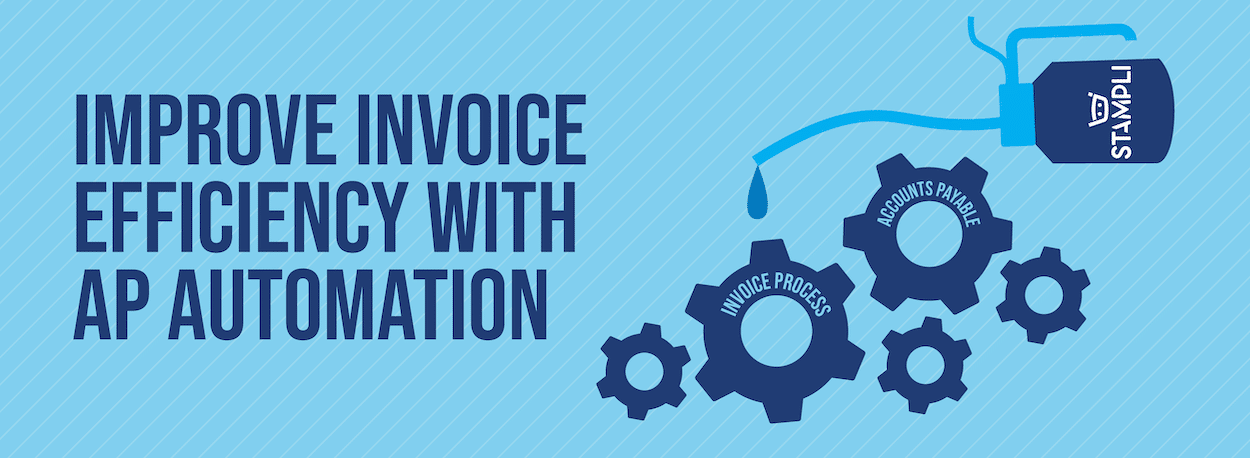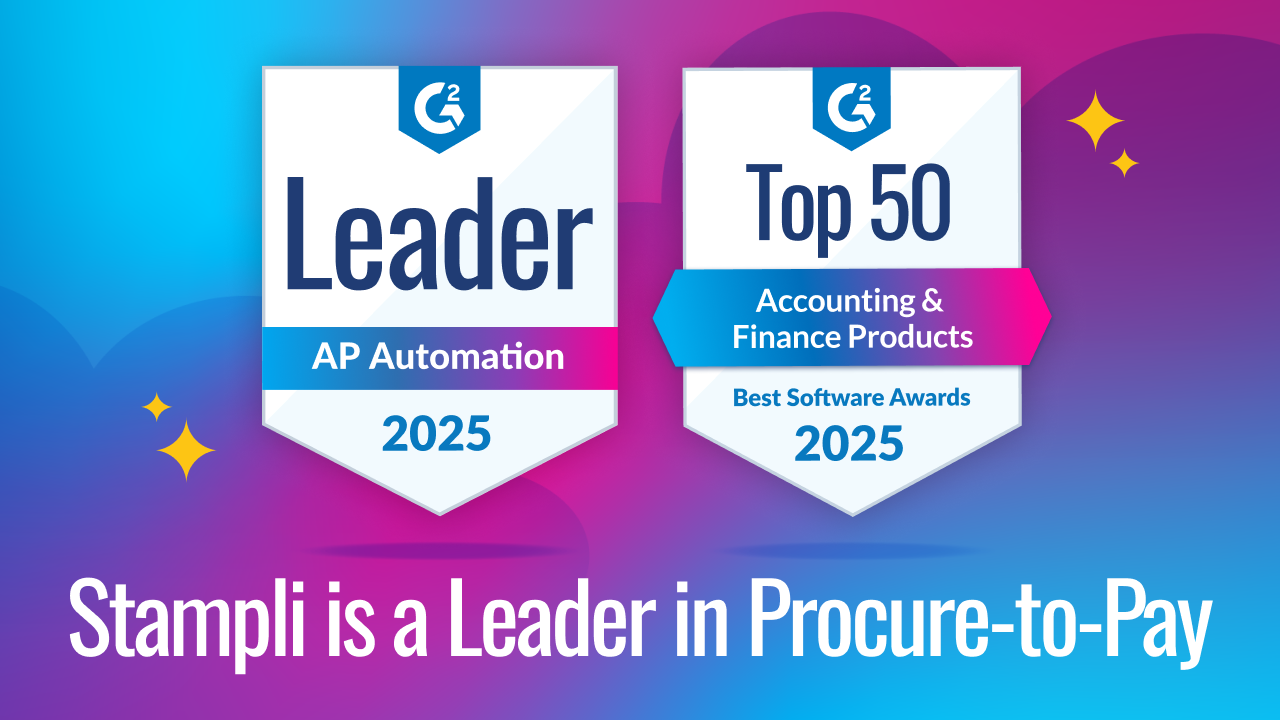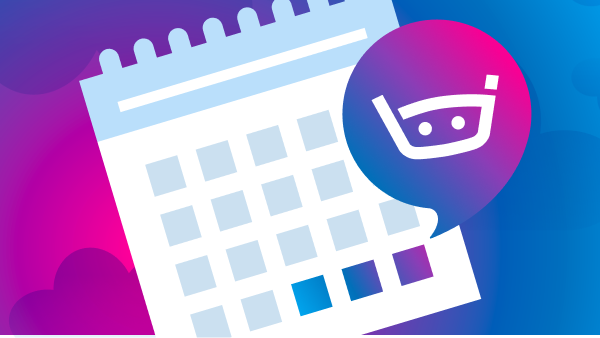How to Streamline Your Invoice Process — With a Flowchart

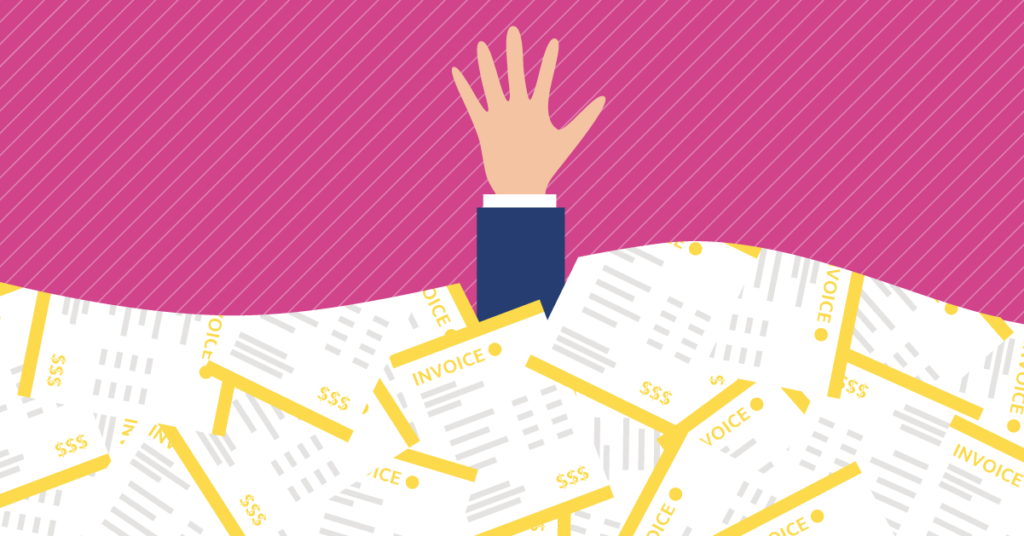
Accounts payable is on the front line of your business’ financial health. Their mission is not just to pay bills and invoices — but to ensure they are legitimate and accurate before being processed for payment.
When the AP department runs smoothly bills are verified, approved, paid, and fraud risk is low. When the process is inefficient, the entire business suffers as bills go unpaid or get paid twice, fraudulent payments can be processed, credit scores and reputation takes a plunge, and vendors get frustrated.
If your AP process leaves something to be desired, you are not alone.
The Accounts Payable Association, a UK-based professional community, did a survey which found that:
- 56% of businesses experience cash flow forecasting problems due to AP issues
- 91% of companies regularly receive phone calls from vendors chasing payments
- 23% of businesses had suppliers who refused to work with them again due to AP inefficiencies
It is clear that a large portion of companies suffer as a result of AP inefficiencies — and it costs them money.
What is the solution?
An invoice processing flowchart can clarify the process and help your business spot inefficiencies. Here’s how to build a customized flowchart.
What is an Invoice Processing Flowchart — and Why Does it Matter?
An invoice processing flowchart is a customized chart that serves as a reference guide for your AP department. It is designed to give AP employees the information they need to make decisions faster and help AP management locate and eliminate inefficiencies in the invoice process.
Traditionally, invoice processing has been primarily paper-based. Invoices arrive via mail, get opened, reviewed for accuracy, and scanned or manually entered into the company’s ERP system. From there, invoices are coded for the correct accounts, cost centers, or projects.
Then the invoices are sent off to the appropriate manager for another round of reviews and, hopefully, approval. This typically means invoices are placed in mailboxes or on desks, often with no additional communication. Any follow up is done manually.
The invoice management approval process is often a multi-step procedure, with the approver consulting several other employees to ensure the invoice can and should be paid. If more information is needed or if someone drops the ball, it can result in a variety of issues, including late payments or even double payments.
What happens if the approver is out of the office? Or if additional information is required? What if there is no purchase order? What is the next step?
Or, what if accounts payable makes a mistake during manual data entry?
These are the questions an invoice processing flowchart can help answer.
An internal invoice processing flowchart can help highlight inefficiencies and streamline the process with a simple yes/no questions and answers that guide decision-making.
For example — Does the invoice include the appropriate information? If yes — send it to the approver. If no — send back to the vendor.
If your business is looking for ways to streamline the invoice process, an invoice process flowchart is a valuable asset to your AP function.
Key Steps of Invoice Processing
Every business has unique needs; therefore, there is no one-size-fits-all invoice processing flowchart. Your process might depend on the number of approvers, the size of your AP department, and a variety of other factors.
You will need to design an invoice processing flowchart that fits based on your unique processes. Start by including the key steps of your invoice process, which might include:
- Documents arrive
- Purchase order match/three-way match
- Review all documentation for the required information
- Route for approval(s)
- Submit invoice for payment
- Send documentation to general accounting
- Benchmarking your AP department
Steps with variable answers should have a yes/no response option and outline the next steps.
For example:
Does the invoice include PO number and correct department coding?
Yes? -> Send for approval(s)
No? -> Send back to the vendor
We’ve designed a simplified invoice processing flowchart to help get you started, but remember to include all the required steps in your flowchart. Consider exception handling, as this should function as a reference guide for the AP department.
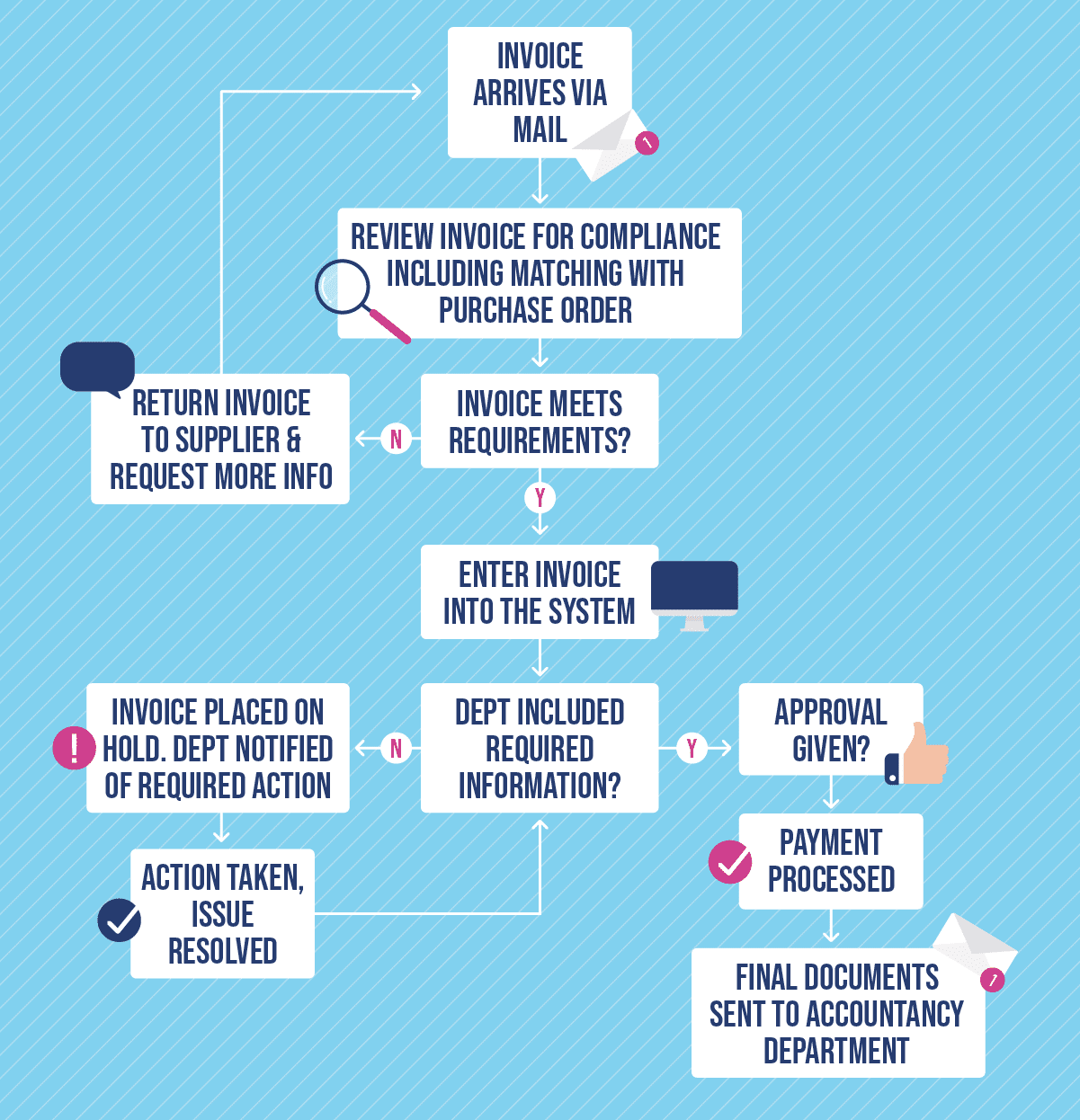
Tips for Streamlining Your Invoice Process
The invoice flowchart is just one step in reducing inefficiencies in the invoice process. In addition to a flowchart, consider taking these additional steps to save time and money throughout your invoicing process.
Setting Expectations
One of the most significant time sucks in the invoice process is chasing missing information from vendor invoices. Lack of standardization requires AP employees to reach out for missing information or spend longer than necessary searching for the necessary information.
Providing vendors with a standardized invoice example or what information you require to process their invoices can speed up the process considerably.
Eliminate Manual Data Entry
Manual data entry is time-consuming — in fact, the average person types around 190 characters per minute. So, a ten character invoice number, for example, will take the average person around 4 seconds. Not long, right?
But, manual data entry requires a lot of stops and starts — the employee has to open the file, look for the correct number, enter it in the system, and then verify the number.
All this time ads up.
Of course, you can for example outsource invoicing. But moving to an automated AP system that imports the data for you can save valuable time — and reduces errors that can cost your business thousands in late fees, double payments, or longer processing times.

Move to Electronic Payments
Accepting a wide variety of payments might seem like a great idea from the vendor side — it does make it easier, after all. However, accepting paper payments might not be the most efficient method for you or your vendors.
Encouraging vendors to accept via electronic methods reduces the time required to open and deposit checks.
Switch to An AP Automation Tool
The rise of automation and artificial intelligence (AI) is changing the way we tackle business problems. For example, automation has helped improve cybersecurity with machine learning and AI to uncover and prevent threats. All the while, these technologies are being leveraged by every department to improve business efficiency across the board.
You may already be leveraging automation in other areas of your business — but what about the AP department? As it turns out, automation can help your business streamline your AP process as well.
Leveraging AP automation tools like Stampli can help your business:
- Spend less time on manual data entry by capturing invoice information automatically.
- Route invoices to the appropriate person(s) for approval — and send customizable reminder emails.
- Centralizes invoice communications on the digital invoice, which reduces miscommunication and back-and-forth emails.
- Increases invoice process visibility, allowing the AP department to spot and improve process inefficiencies.
- Creates an audit trail that can significantly improve control and audit efficiency.
- Works with your current financial systems and processes to streamline your existing workflows.
Reducing AP department inefficiencies gives your employees more time to focus on ensuring payments are submitted on time, forecast cash flow, and improve vendor relationships.
Final Thoughts: Building a Scalable Invoice Process
When the AP department is more efficient, your business is more efficient. An invoice process flowchart is a critical step to eliminating inefficiencies in the process — however, it should be just one step of an overall transformation.
An AP automation system helps reduce inefficiencies today and tomorrow by helping your firm build a process that is efficient and scalable over the long term. Then as invoice volume grows, AP Automation reduces the immediate need to hire additional accounts payable staff just to keep up. Finally, ensuring both invoice processing and processes are always under control.
Moving to an AP automation system may feel overwhelming — but it doesn’t have to be. Stampli’s intuitive dashboard and fast set-up process means you could be on your way to a more efficient invoice process in days — not weeks.
